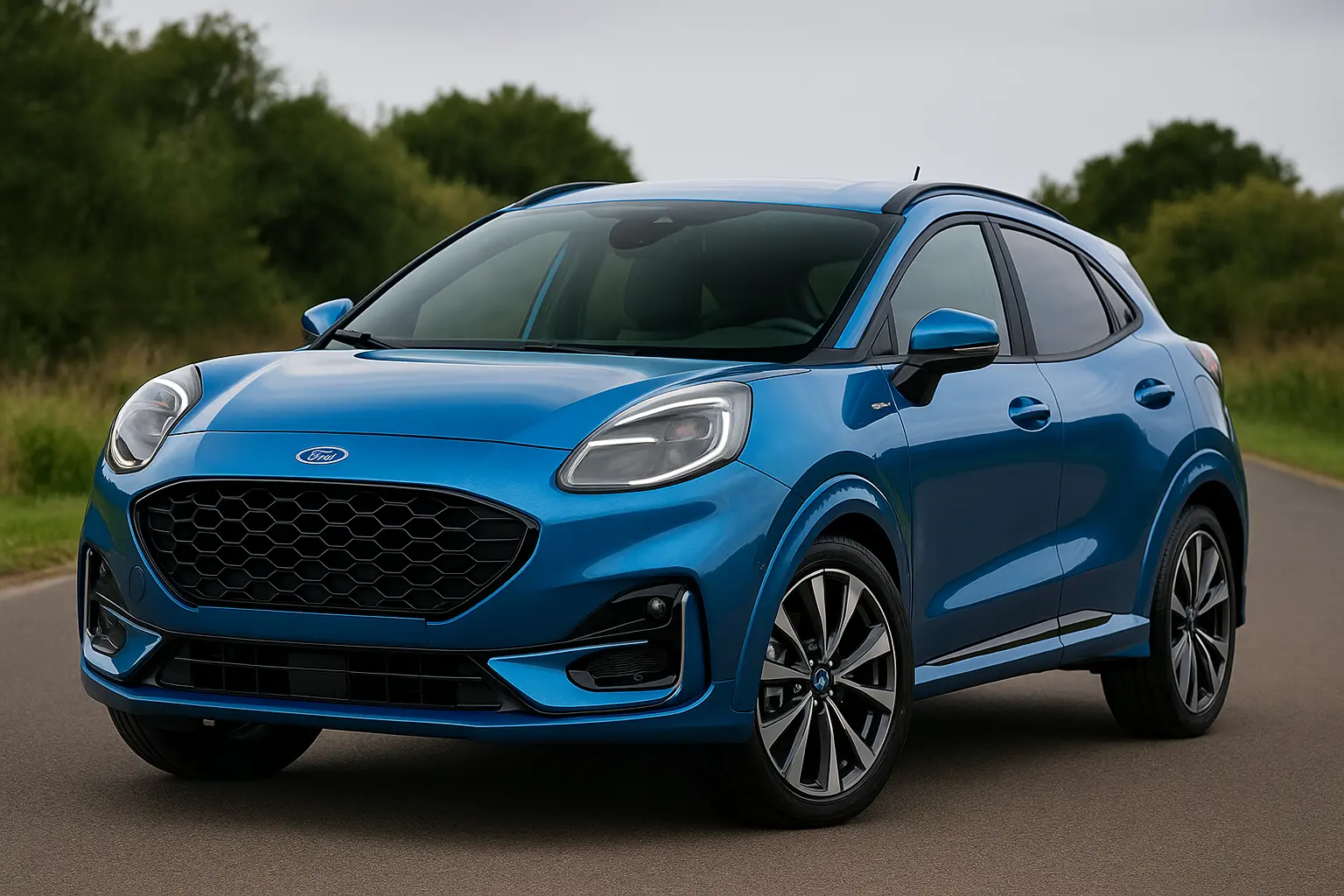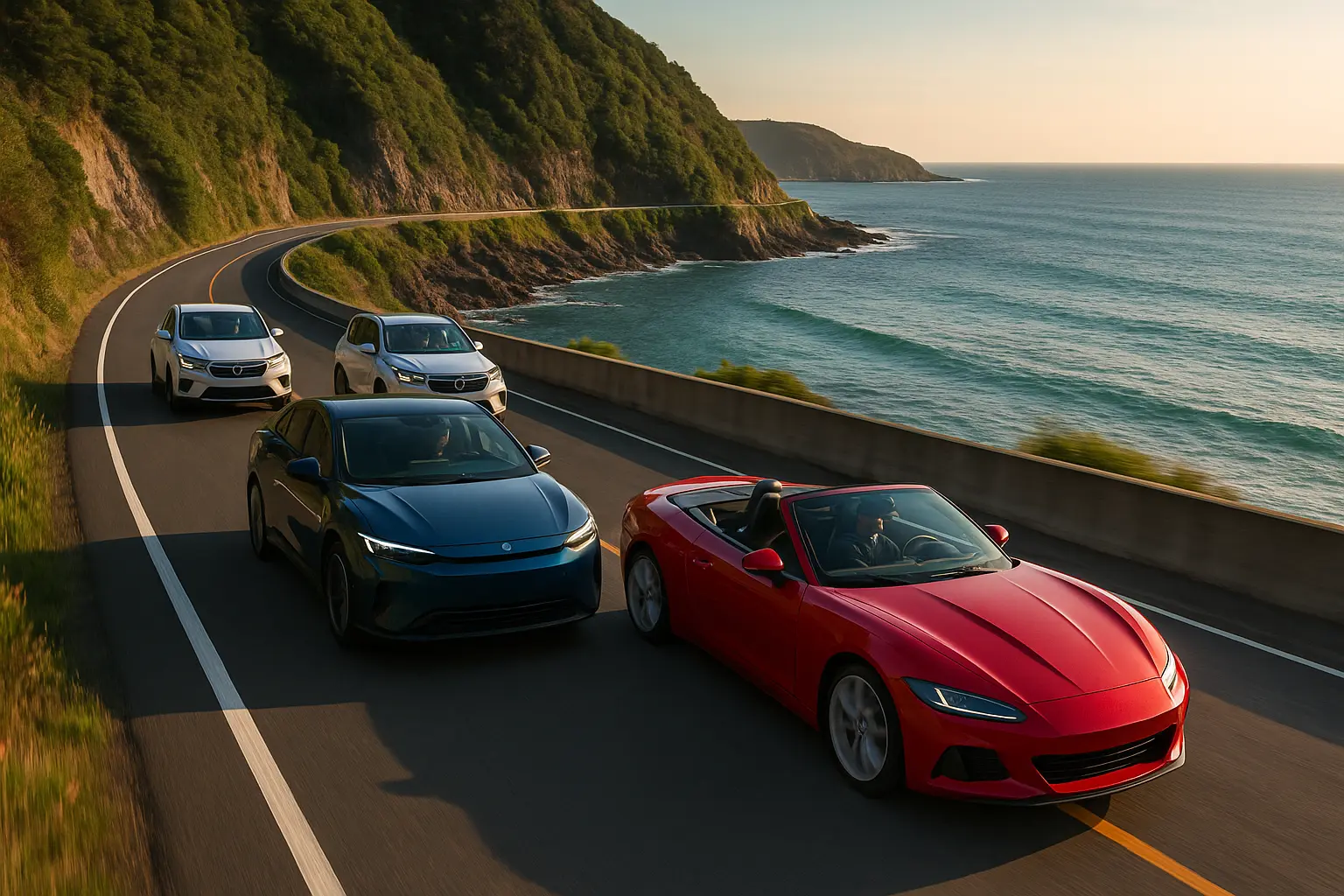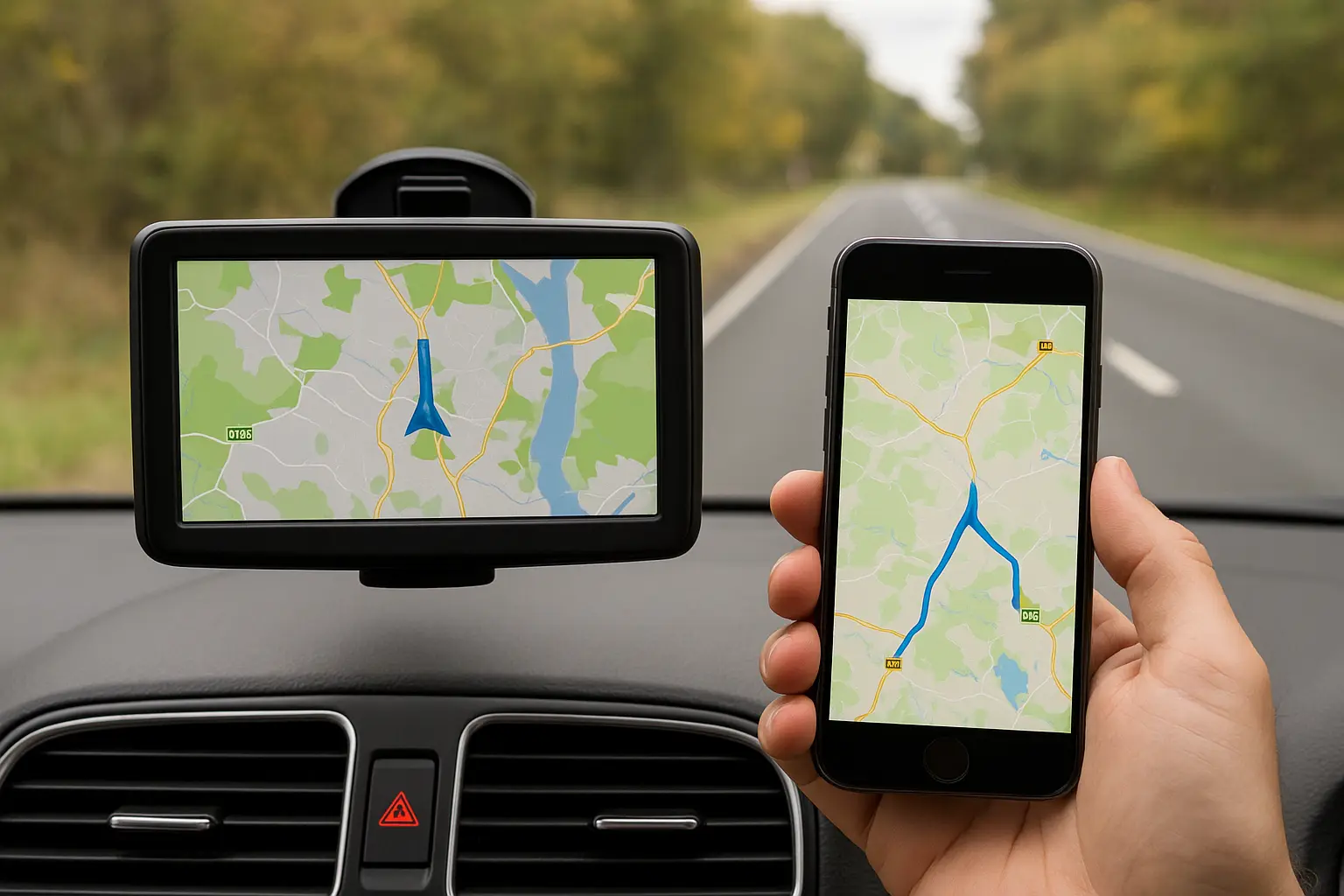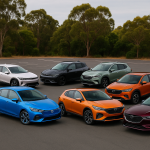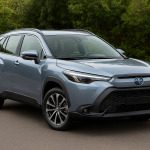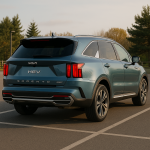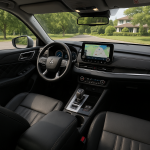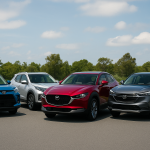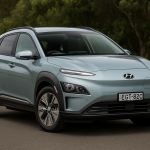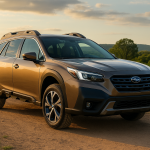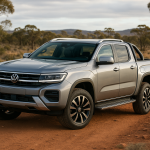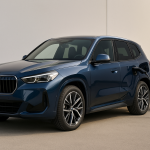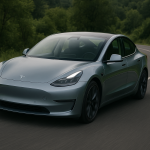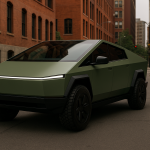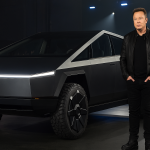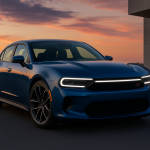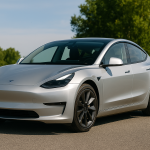The compact SUV market in Australia is one of the fastest-growing automotive segments, blending the style of a hatchback with the practicality of an SUV. Ford reintroduced the Puma to Australia a few years ago, and it has quickly carved a niche among urban drivers and small families seeking a balance of flair, efficiency, and tech.
The 2025 Ford Puma arrives with subtle styling tweaks, more connectivity, and improved efficiency. It competes head-to-head with models like the Hyundai Kona, Kia Seltos, Mazda CX-3, Toyota Yaris Cross, and Volkswagen T-Cross. In this review, we’ll explore whether Ford’s compact crossover is still a smart buy in 2025, and how it stacks up against its rivals.
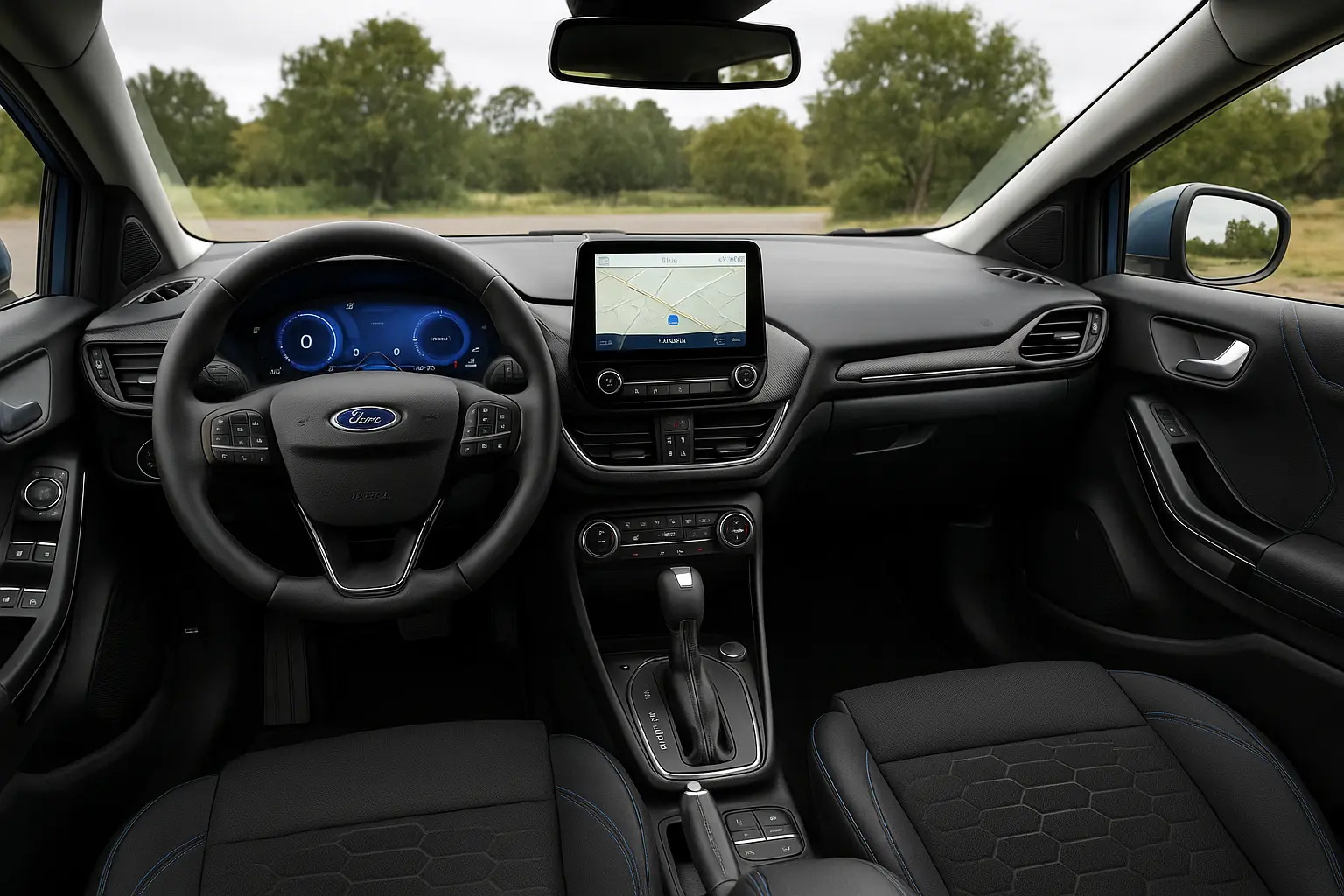
Exterior Design: Sporty Crossover Personality
The Puma’s styling has always leaned more toward sportiness than ruggedness, and the 2025 model doubles down on this identity.
- Front Fascia: A reshaped grille and slimmer LED headlights give it a sharper presence. The new Matrix LED option improves nighttime visibility while looking premium.
- Proportions: With its raised stance, coupe-like roofline, and short overhangs, the Puma balances hatchback agility with SUV presence.
- Trim Variations:
- Puma Base & ST-Line: Urban-friendly design with subtle SUV cues.
- ST-Line V: Sportier touches like 18-inch alloys, gloss-black highlights, and sporty bumpers.
- ST Performance (overseas, possible local release): Aggressive aero styling, 19-inch wheels, and a hot-hatch stance.
For city buyers, the Puma hits a sweet spot—stylish enough to stand out, yet compact enough for easy parking.
Interior & Comfort: Practical Yet Premium
Inside, the 2025 Ford Puma makes small SUVs feel more upscale than ever.
- Dashboard & Layout: Ford’s latest SYNC 4 infotainment system takes centre stage with a 12-inch touchscreen and wireless Apple CarPlay/Android Auto. The interface is clean, quick, and OTA-update ready.
- Digital Cluster: A configurable 12.3-inch digital driver display comes standard on higher trims.
- Materials: Soft-touch surfaces and contrast stitching elevate the cabin. While not luxury-grade, the quality beats some budget rivals.
- Seating: Supportive front seats, optional lumbar massage (ST-Line V), and good driving ergonomics. Rear space is adequate for two adults, though taller passengers may feel the sloping roofline.
- Boot Space:
- 410L seats-up capacity.
- Expands to 1,170L with seats folded.
- Ford MegaBox: A clever washable storage compartment under the boot floor—ideal for wet gear, sports shoes, or even potting plants.
Compared with the Mazda CX-3, the Puma feels more modern inside. Against the Hyundai Kona, it loses some rear passenger space but wins with clever practicality.
Technology & Features
Tech has become a major selling point in compact SUVs, and the Puma delivers in 2025.
- Infotainment:
- 12-inch SYNC 4 touchscreen.
- Wireless smartphone mirroring.
- FordPass app for remote vehicle monitoring and updates.
- Connectivity: Standard wireless charging pad, multiple USB-C ports, and optional B&O premium audio.
- Driver Aids & Safety:
- Adaptive cruise control with stop-and-go.
- Lane centering.
- Blind-spot monitoring.
- Rear cross-traffic alert.
- 360-degree camera (ST-Line V).
- Unique Feature: Over-the-air (OTA) software updates, allowing Ford to improve systems without dealership visits.
Compared to the Toyota Yaris Cross, the Puma offers a slicker infotainment system and OTA tech, though Toyota has the edge in hybrid availability.
Performance: Agile Urban SUV
Ford has tuned the Puma to feel more fun-to-drive than most compact SUVs, reflecting the brand’s sporty DNA.
- Engine Options in Australia (2025):
- 1.0L EcoBoost turbo petrol (mild-hybrid assistance).
- Outputs around 92kW or 114kW, paired with a 7-speed DCT automatic.
- Ride & Handling:
- Light steering, tight turning circle for city streets.
- Firm yet composed suspension—more engaging than a Kona, closer to a hatchback experience.
- Fuel Efficiency:
- Official figures: ~5.3–5.8 L/100km.
- Real-world: closer to 6–6.5 L/100km depending on driving.
- ST Performance Model (if confirmed for Australia):
- 1.5L EcoBoost turbo with 147kW.
- Manual gearbox for enthusiasts.
- Rivals the Hyundai Kona N as a niche performance SUV.
For everyday buyers, the standard Puma strikes a strong balance of fun and efficiency.
Safety & Ratings
Safety is a must for Aussie families, and the Puma performs well.
- ANCAP Rating: 5-star (based on 2019 testing, carried forward).
- Standard Features:
- AEB with pedestrian and cyclist detection.
- Lane keep assist.
- Speed sign recognition.
- 6 airbags.
- Optional Safety Pack (on base models): Adds adaptive cruise, blind-spot monitoring, and rear cross-traffic alert.
Against rivals, the Puma stacks up well, though newer models like the Hyundai Kona (2024) include even more standard safety features.
Ownership, Warranty & Running Costs
Ford has improved its aftersales offering in Australia.
- Warranty: 5 years / unlimited km.
- Service Intervals: Every 12 months or 15,000km.
- Service Pricing: Ford’s capped-price servicing program keeps costs predictable (~$350–$450 per visit).
- Insurance: Competitive premiums thanks to the Puma’s strong safety suite and relatively low repair costs.
Resale values are moderate—stronger than budget rivals like MG ZS but not as high as Toyota’s Yaris Cross.
Comparisons With Rivals
Here’s how the Puma stacks up against popular choices in Australia’s compact SUV class.
- Hyundai Kona: More interior space, available hybrid/EV. Puma is more stylish and engaging to drive.
- Mazda CX-3: CX-3 feels dated now, while Puma offers fresher design and tech.
- Toyota Yaris Cross: Strong resale and hybrid option, but infotainment lags behind Puma.
- Volkswagen T-Cross: German badge appeal, but less personality than Puma.
Verdict: Is the 2025 Ford Puma Worth Buying?
The 2025 Ford Puma is a well-rounded compact SUV that blends style, clever practicality, engaging driving dynamics, and tech features into a neat package. It isn’t the most spacious option, but for urban Australians who want a fun, efficient, and tech-savvy crossover, it deserves a spot on the shortlist.
Pros:
- Stylish design with sporty appeal.
- Clever boot with MegaBox.
- Fun-to-drive character.
- Strong infotainment and tech.
Cons:
- Rear space tight for tall adults.
- No full hybrid option in Australia yet.
- Servicing slightly pricier than some Japanese rivals.
Final Word:
If you’re looking for a compact SUV that feels more like a sporty hatchback but with extra practicality, the 2025 Ford Puma is one of the sharpest choices in Australia.
Leave a comment
Your email address will not be published. Required fields are marked *


